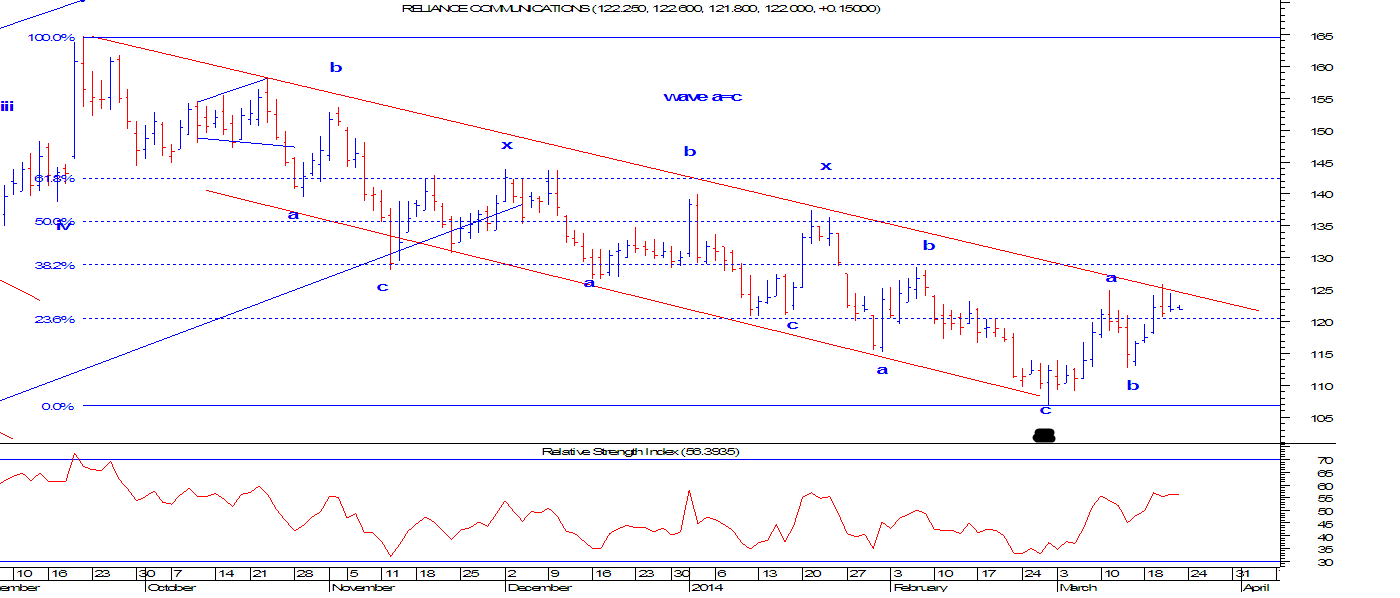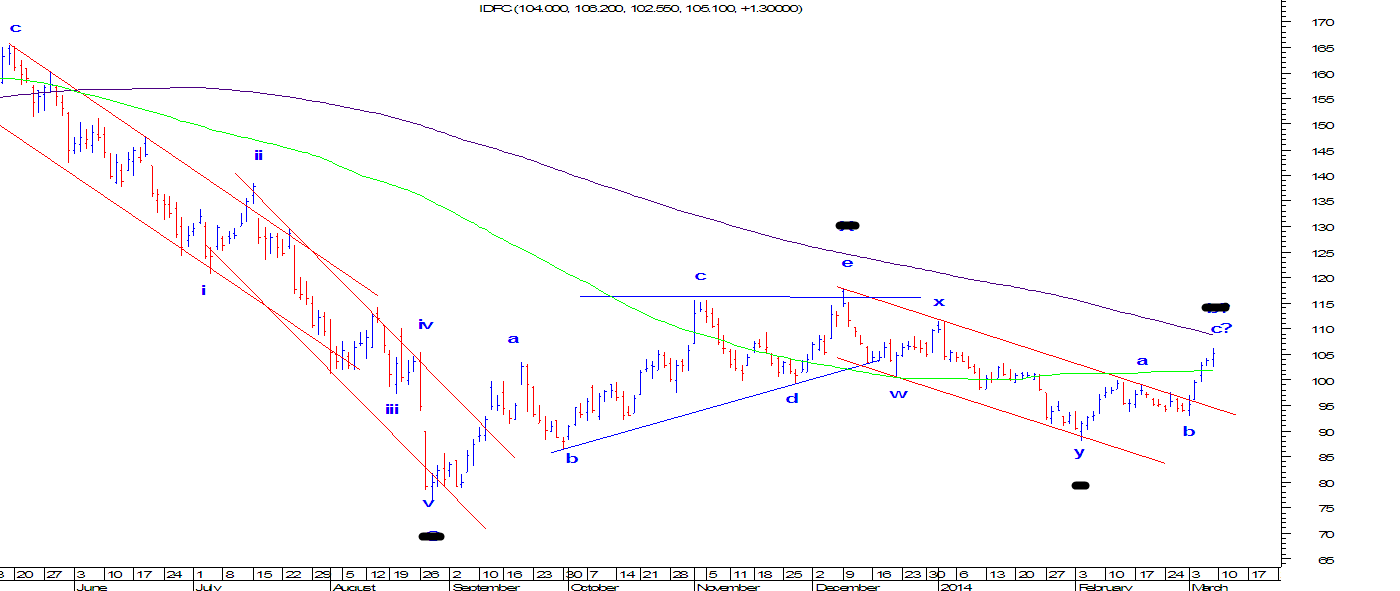Nifty: Moving in a Channelized Formation

Nifty started gaining momentum especially after making a low of 5985 and moved up till 6723 levels in a span of one and half month and made a record high. This up move is very much similar to the move which occurred from December 2011 till February 2012 (marked by blue rectangle) where the index gained tremendously in spite of RSI staying in over bought zone for many weeks. This scenario is similar for the current rally as well, but how long this up move will sustain? Even with the help of simple technical analysis like channels, retracements etc and use of candlestick patterns, traders can easily understand resistance and reversal signals. Channels are two parallel lines which helps to know the support and resistance levels. From past 3 years Nifty is moving in a channelized formation. The formation is positive as it is making a higher high and higher lows, but on 31 st March 2014 prices faced the resistance of the upper trend line of the channel and has also formed a han...










